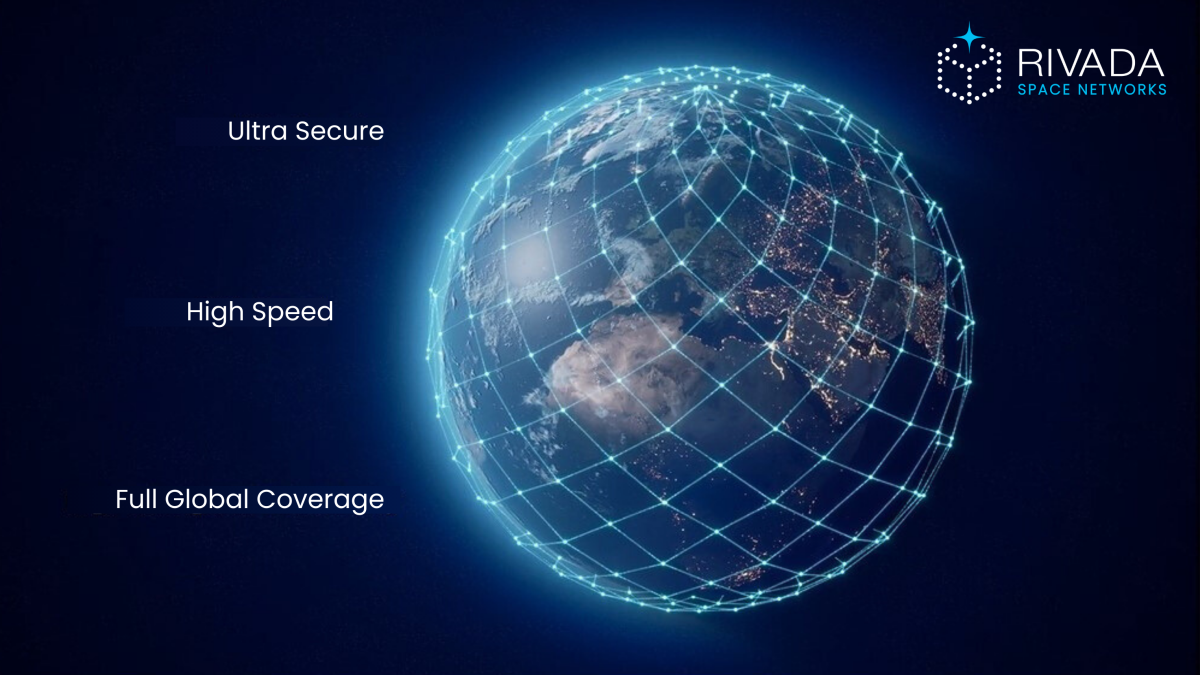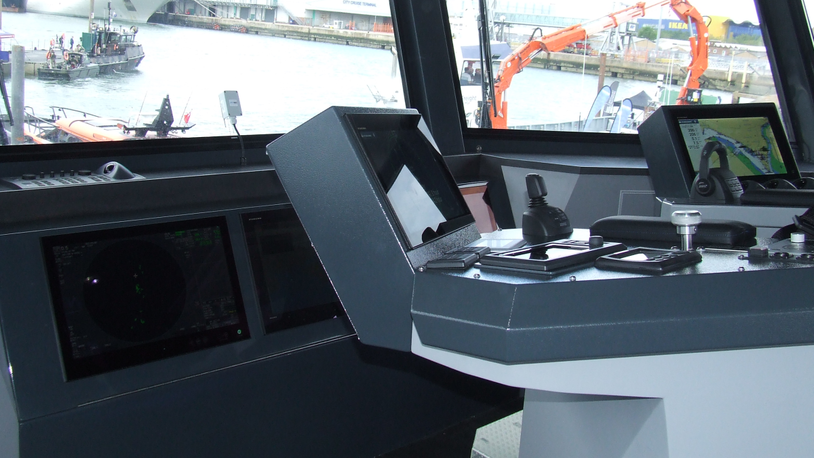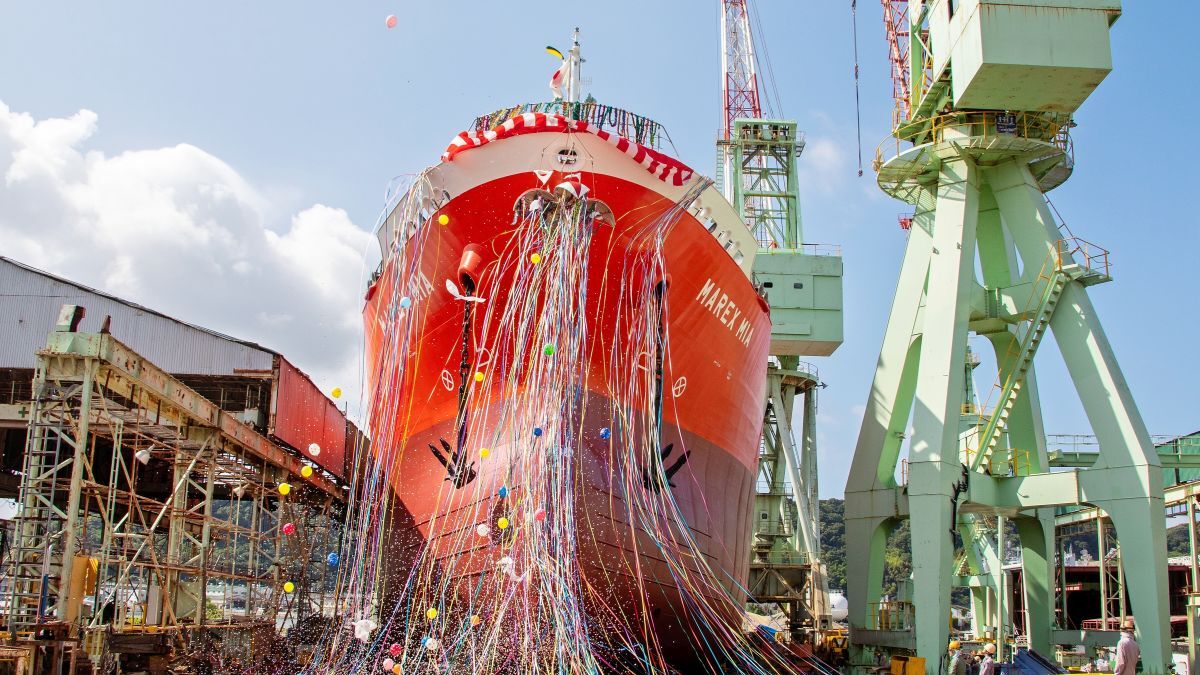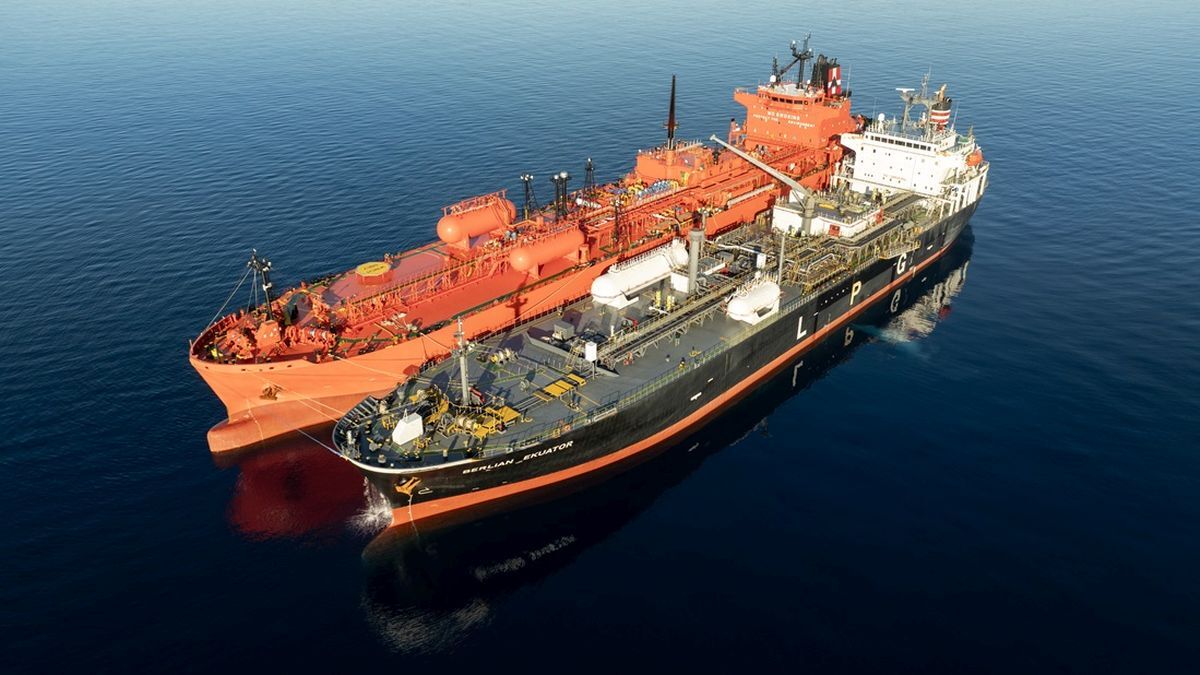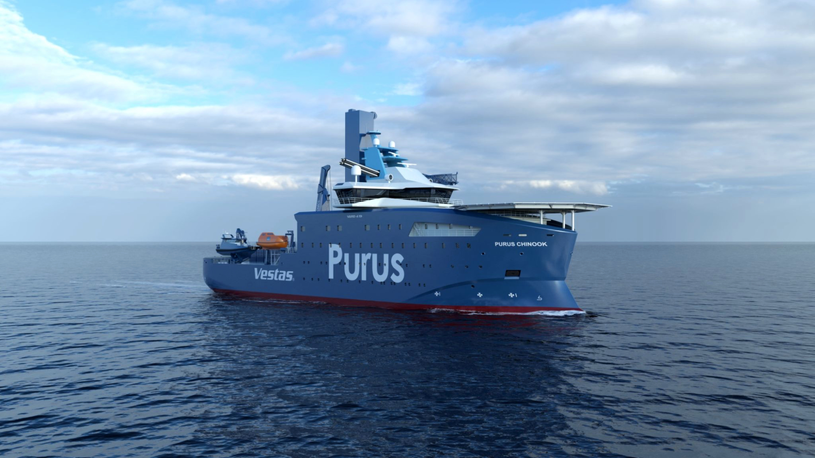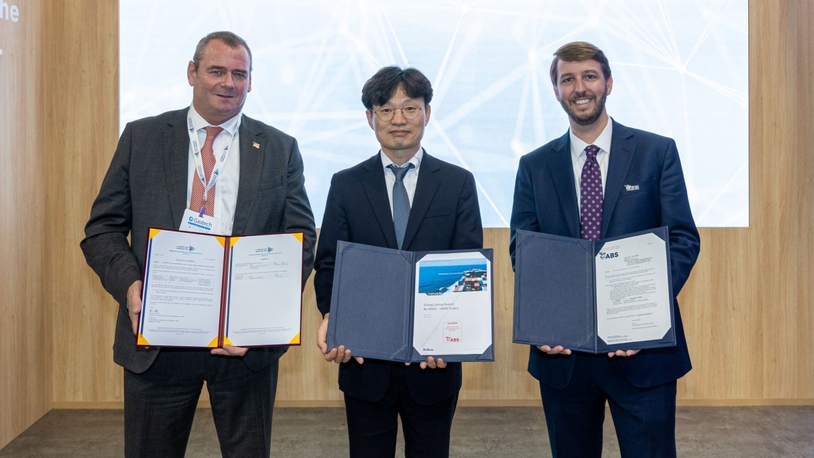Business Sectors
Events
Contents
Register to read more articles.
Laser-linked LEO satellites are coming to maritime communications
Maritime communications could meet speeds of terrestrial fibre if a new satellite-laser connected system is implemented from 2025
Rivada Space Networks plans to build a constellation of 600 low Earth orbit (LEO) satellites inter-linked by laser for faster communications, starting in 18 months’ time.
A full global network is expected to be available for maritime connectivity by 2028 after a long period of launches and investment.
To bring this new Ka-band communications network to maritime users, Rivada has teamed up with IEC Telecom through a memorandum of understanding for a path to this potential market.
Through this arrangement, IEC would offer Rivada’s OuterNet, which uses the planned low-latency, point-to-point connectivity network of LEO satellites.
IEC Telecom will use OuterNet to provide enhanced information and communications infrastructure to further expand digitalisation at sea through a cyber-secure network that is optimised for the maritime sector.
“Rivada’s service will allow us to expand our network’s service levels and allowances, and offer high-throughput data connectivity fibre-like in the sky versus digital satellite links today,” said IEC Telecom Group chief executive and partner Erwan Emilian.
“We are excited to explore cost-effective packages and test its resilience for maritime connectivity. We are confident Rivada is on its way to becoming a key market player in the satellite communications world.”
Rivada’s constellation will offer unique architecture combining inter-satellite laser links with advanced onboard data routers to create an optical mesh network in space. Satellites will communicate with maritime and land terminals using the Ka-band of radio frequencies.
This approach to orbital networking, where data remains in space, enables access to an ultra-secure satellite network with pole-to-pole coverage, offering end-to-end latencies similar to terrestrial fibre.
By routeing traffic on a physically separated network, Rivada’s LEO constellation will provide a layer of defence to securely share data over long distances.
Rivada has contracted Terran Orbital’s subsidiary Tyvak Nano-Satellite Systems to manufacture 300 LEO satellites, with deliveries starting in 2025 and full deployment of 288 plus 12 spares by mid-2026.
In July 2023, International Telecommunication Union radio regulations board determined Rivada can proceed to its deployment milestones of placing 144 satellites (plus six in-orbit spares) by June 2026 and a further 144 satellites (plus six in-orbit spares) by September 2026.
“We are moving full speed ahead to deploy the first true OuterNet and its data-connectivity capabilities,” said Rivada Space Networks chief executive Declan Ganley.
“We will be working with IEC to support high-throughput voice and data services. Both of our companies see the importance of providing ultra-secure, highly reliable low-latency.”
In March 2023, Rivada signed an agreement with Aalyria to use its Spacetime software platform to orchestrate and manage the network for the planned LEO constellation. Aalyria was launched Q4 2022 after acquiring key networking and communications technology developed over decades within Alphabet, the parent company of Google.
Sign up for Riviera’s series of technical and operational webinars and conferences in 2023:
- Register to attend by visiting our events page.
- Watch recordings from all of our webinars in the webinar library.
Related to this Story
AI, digital twins help design cyber-secure, green SOVs
Events
Offshore Support Journal Conference, Americas 2025
LNG Shipping & Terminals Conference 2025
Vessel Optimisation Webinar Week
© 2024 Riviera Maritime Media Ltd.


